frugal landscaping ideas
kelly_p_rd
17 years ago
Related Stories
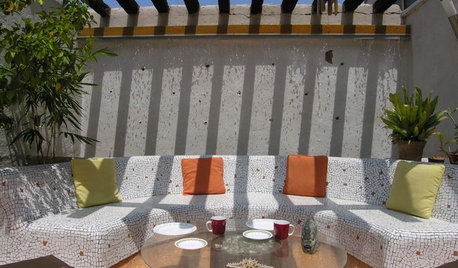
LANDSCAPE DESIGN13 Extra-Cool Things to Do With a Backyard
Sure, you could just plop down on a blanket. Or you could create a dragon’s lair, a mosaic gallery, a party in a jungle ...
Full Story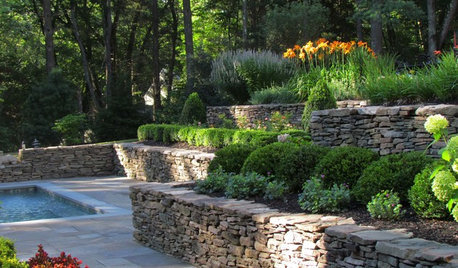
GARDENING AND LANDSCAPINGStep Up Your Garden Game With Terraced Plantings
We're going to level with you: Slopes in the landscape can be tricky. Use these ideas to create balance and harmony in your terraced beds
Full Story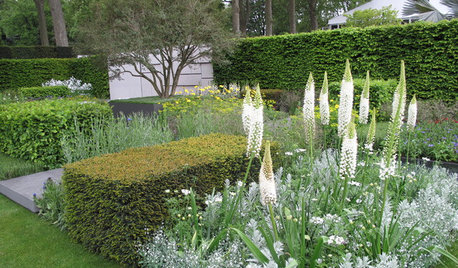
GARDENING GUIDESGreat Garden Ideas From the 2015 Chelsea Flower Show
Peruse inspiring plants, plant combinations and design ideas from London’s famed garden exhibition
Full Story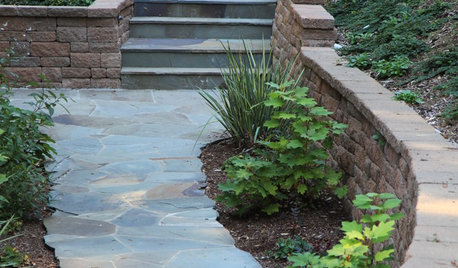
GARDENING AND LANDSCAPINGSteeply Beautiful Slope Retention
Don't let things slide or give in to sandbags and cement. These slope retention ideas will keep your landscape hitting the high notes
Full Story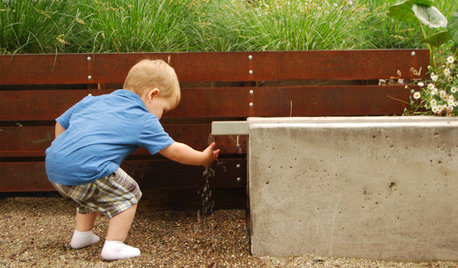
GARDENING AND LANDSCAPING9 Ways to Make Your Yard More Fun for Kids
Draw the younger set outside while keeping grown-up spaces and style intact. Some of these ideas don’t even cost a dime!
Full Story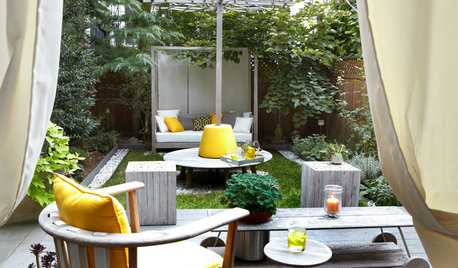
LANDSCAPE DESIGN7 Ways to Create Quiet in Urban Gardens
Keep your garden peaceful with these ideas for planting and material choices
Full Story
INSPIRING GARDENSInside Houzz: A Waterfront Property Ditches the Grass for a Garden
New drought-tolerant plantings and outdoor gathering spaces help this California backyard take in the view without wasting space or water
Full Story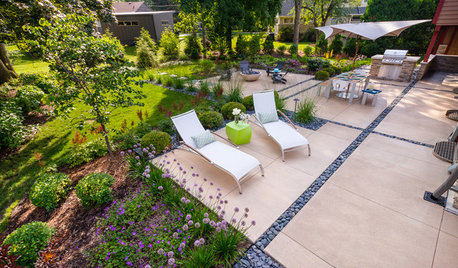
LANDSCAPE DESIGNInside Houzz: Soft Geometry in a Modern Wisconsin Garden
In a city known for harsh winters, homeowners enjoy outdoor living inspired by Southern California
Full Story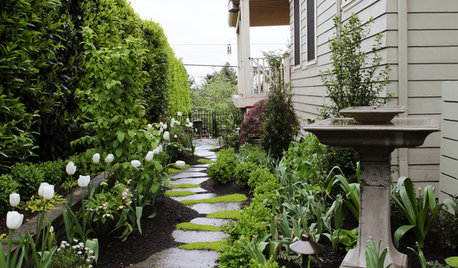
MOST POPULAR25 Ideas to Perk Up Your Side Yard
Turn this often overlooked area into an enticing and useful outdoor space
Full Story
GARDENING AND LANDSCAPINGHow to Make a Pond
You can make an outdoor fish paradise of your own, for less than you might think. But you'll need this expert design wisdom
Full StoryMore Discussions






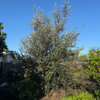


gobluedjm 9/18 CA
sputnikfarm
Related Professionals
Beachwood Landscape Architects & Landscape Designers · Cottonwood Landscape Architects & Landscape Designers · Paradise Landscape Architects & Landscape Designers · Deerfield Landscape Contractors · Englewood Landscape Contractors · Kerman Landscape Contractors · Las Vegas Landscape Contractors · Marlborough Landscape Contractors · Richmond Landscape Contractors · Rockland Landscape Contractors · College Station Swimming Pool Builders · Manassas Swimming Pool Builders · Seabrook Swimming Pool Builders · Marietta Window Contractors · North Aurora Window Contractorsgardenguru1950
jakkom
kmld
tonic888
kelly_p_rdOriginal Author
buddyben
katefisher
californian
madhabitz
trillium26
socks
bejay9_10
SusanC
bejay9_10
jakennedy